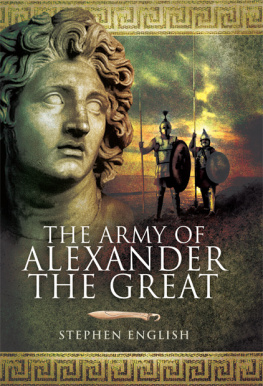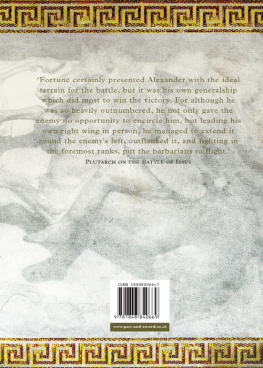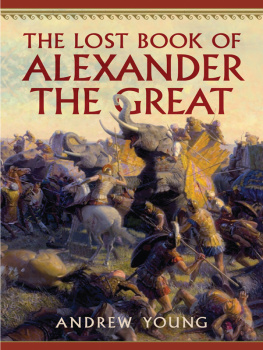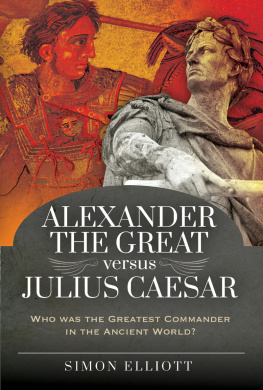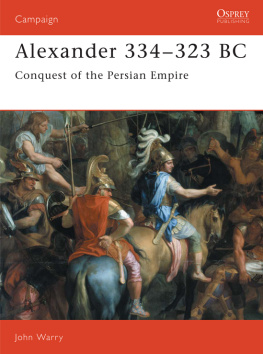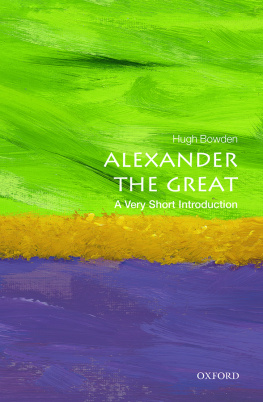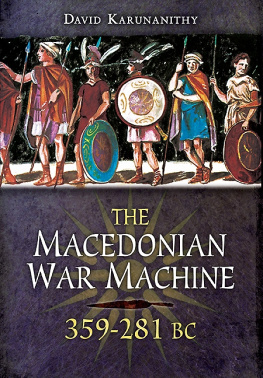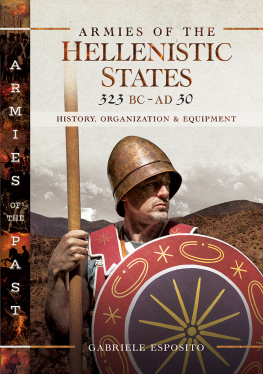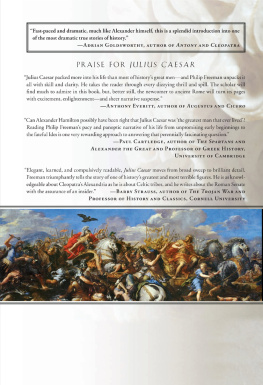
First published in Great Britain in 2009 by
Pen&Sword Military
An imprint of
Pen & Sword Books Ltd
47 Church Street
Barnsley
South Yorkshire
S70 2AS
Copyright Stephen English, 2009
ISBN 978 1 84415 839 3
ePub ISBN: 9781844683529
PRC ISBN: 9781844683536
The right of Stephen English to be identified as
author of this work has been asserted by him in accordance
with the Copyright, Designs and Patents Act 1988
A CIP catalogue record for this book is
available from the British Library
All rights reserved. No part of this book may be reproduced or transmitted
in any form or by any means, electronic or mechanical including
photocopying, recording or by any information storage and retrieval
system, without permission from the Publisher in writing.
Typeset in 11.5pt Ehrhardt
by S L Menzies-Earl
Printed and bound in England
by CPI UK
Pen & Sword Books Ltd incorporates the imprints of
Pen & Sword Aviation, Pen & Sword Maritime, Pen & Sword Military, Wharncliffe
Local History, Pen & Sword Select,
Pen & Sword Military Classics and Leo Cooper.
For a complete list of Pen & Sword titles please contact
PEN & SWORD BOOKS LIMITED
47 Church Street, Barnsley, South Yorkshire, S70 2AS, England
E-mail:
Website: www.pen-and-sword.co.uk
Contents

List of Illustrations

)
)
)
)
)
Acknowledgements

T his book arose out of a masters degree thesis that I completed in 2002; it was never intended for publication, merely as a learning experience, and a stepping stone to a doctorate. Having said that, I have enjoyed the process of turning it into a book and there are a number of people I would like to thank for making the present work happen. There are many people that deserve credit, and my eternal thanks for helping in the production of this book. Firstly, Hans Van Wees for agreeing to be the external moderator on the original thesis and on the subsequent doctorate, and for his helpful comments and encouragement towards my continued studies. My editor, Philip Sidnell, is deserving of great praise for his many useful comments on the various drafts of this book, as well as his help in finding and selecting the plates and answering my endless questions with great patience and skill. Thanks too to Pen & Sword Books for making the foolish decision to take a chance on a new author; I hope to have rewarded their faith. With regards to editors and publishers, I would also like to thank Jasper Oorthuys of Ancient Warfare Magazine for agreeing to publish my first attempt at writing in his excellent magazine, and helping with the illustrations for this book.
I would also like to thank Elizabeth, for being wonderful, for putting up with me, and for her constant support and encouragement in our life together. My thanks also to my parents for their encouragement over the long years; and my brother, John, for his tireless (and, Im happy to say, free) IT support. I must also mention Martin and Sue Foulkes; Sue for her boundless enthusiasm and encouragement and Martin for his help and guidance as a study partner during our seven years together in Durham University.
My greatest thanks are reserved, however, for Professor Peter Rhodes: for over a decade since 1997 Peter has been my lecturer, tutor, supervisor, mentor and for my part at least, friend. His kindness and patience and academic expertise have been limitless and invaluable to me over that time, truly I would not have achieved anywhere near the level of academic success that I have without him. He will always remain the standard to which I aspire, but will never reach. Peter, thank you simply does not seem enough.
Foreword

S tephen English came to the University of Durham in 1997 to study ancient history, and since 2000 has been working on Alexander the Great. As a preliminary to a full study of Alexanders campaigns he began with a reexamination of Alexanders army, and the fruits of that re-examination are presented here. After a series of chapters devoted to the different components of Alexanders forces, he concludes with the command structure, and a chapter which illustrates Alexanders use of his forces by focusing on three campaigns of different kinds: the fighting in the Balkans in 335, before Alexander crossed to Asia; the battle of Issus in 333, when Alexander encountered the Persian king, Darius, for the first time; and the siege of Tyre in 332, in which Alexander built on recent developments in siege machinery to capture a strongly fortified island city. Stephen English is well read in the ancient sources and modern studies, and is the first author for a long time to grapple with the full range of problems in order to provide a comprehensive account of Alexanders forces. This will be an essential book for all who are interested in Alexander the Great.
P. J. Rhodes
Honorary Professor of Ancient History, University of Durham
Introduction

With a small army, but distinguished for its intrinsic perfection, Alexander overthrew the decayed fabric of the Asiatic States: Without rest, and regardless of risks, he traversed the breadth of Asia
P robably in 359 Philip of Macedon inherited a shambles of a kingdom; beset on all sides by enemies and with its army having suffered a massive recent defeat. Within the space of thirty-five years the Macedonian state rose to rule the majority of the known world, having conquered the largest and most powerful empire the world had yet seen: Persia. This book is intended to be an examination of the tools with which that remarkable turn around was achieved: the army. Philip and Alexander forged an army that was unparalleled in the ancient world, an army that was capable of campaigning at any time of year and in any terrain that Greece or Persia had to offer. They showed themselves capable of adapting to any new conditions and of overcoming any obstacle placed in their path, be it natural or man made. Once they crossed the Hellespont, most of the army did not see Greece again for eleven years; the fact that the army showed very few signs of dissatisfaction or rebellion until the Opis mutiny demonstrates their own discipline and belief in the campaign, as well as Alexanders incredible personal charisma and leadership ability.
The purpose of this book is not to be an examination of Alexanders campaigns, although examples are used to illustrate individual points, but to be an examination specifically of the army. In the interests of completeness, however, the final chapter is devoted to an examination of three of Alexanders most significant campaigns, those of Greece, Issus and Tyre; these three campaigns allow us to examine Alexanders generalship as well as his tactics and strategies. More importantly than this, they allow us to see the army in action in a range of different terrains and situations, from the mountains of Northern Greece, to the Plain of Issus and the seminal siege of Tyre. These three campaigns clearly demonstrate the versatility of the army, its discipline and its tactics.
The career of Alexander the Great is essentially one long and almost unbroken campaign lasting some eleven years. With this in mind it is somewhat surprising that his army has received relatively little attention from modern scholars: even his campaigns are underrepresented in the literature, with most preferring to write thinly-veiled biographies of Alexander himself. This book intends, in some small way, to redress the balance in favour of the study of military history; sadly no longer fashionable.
Next page
